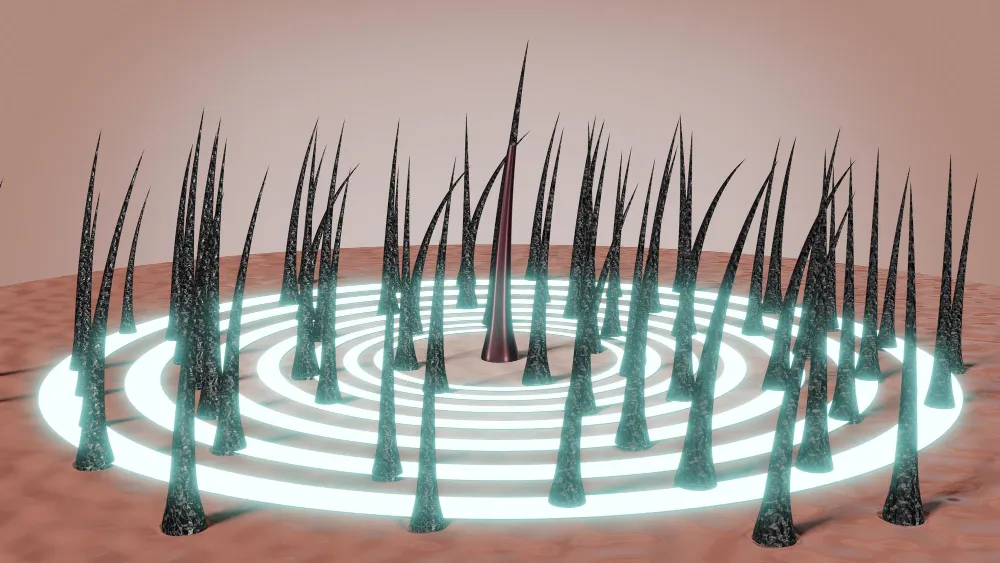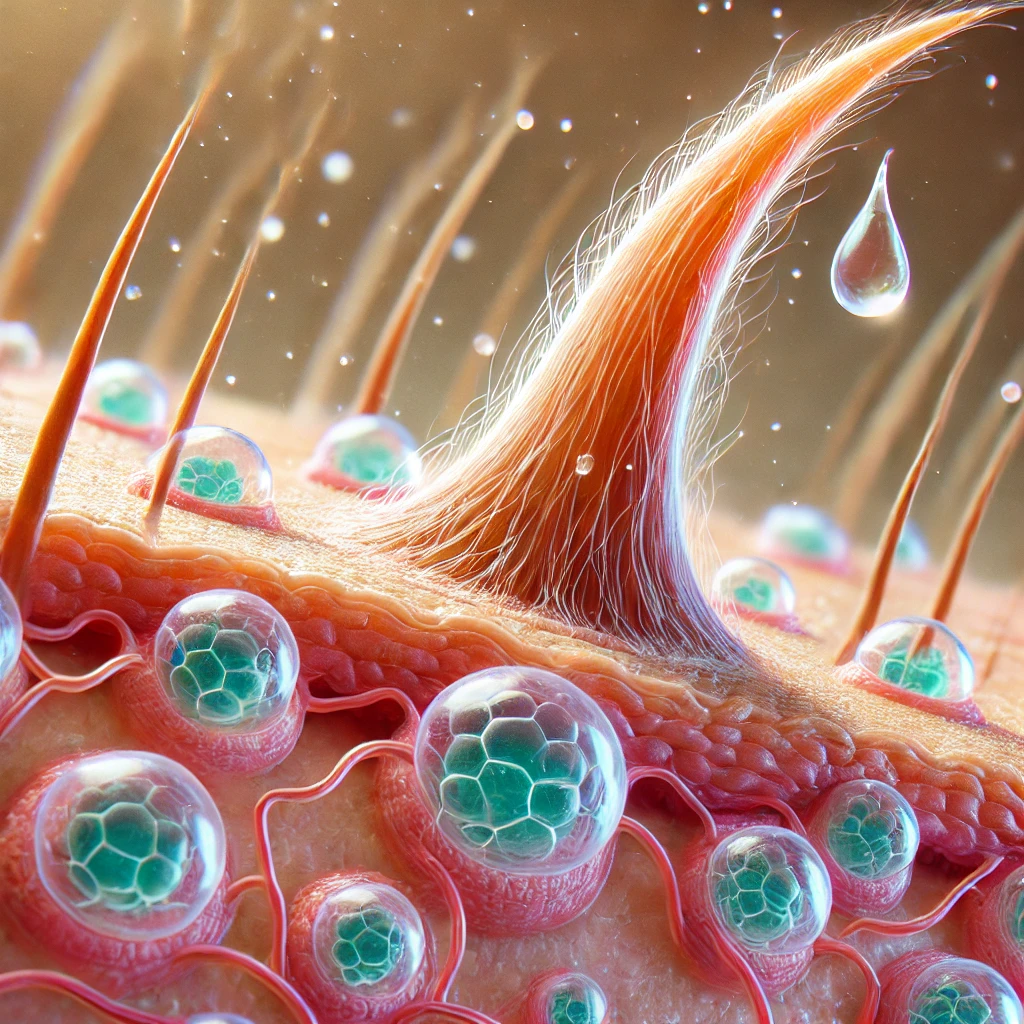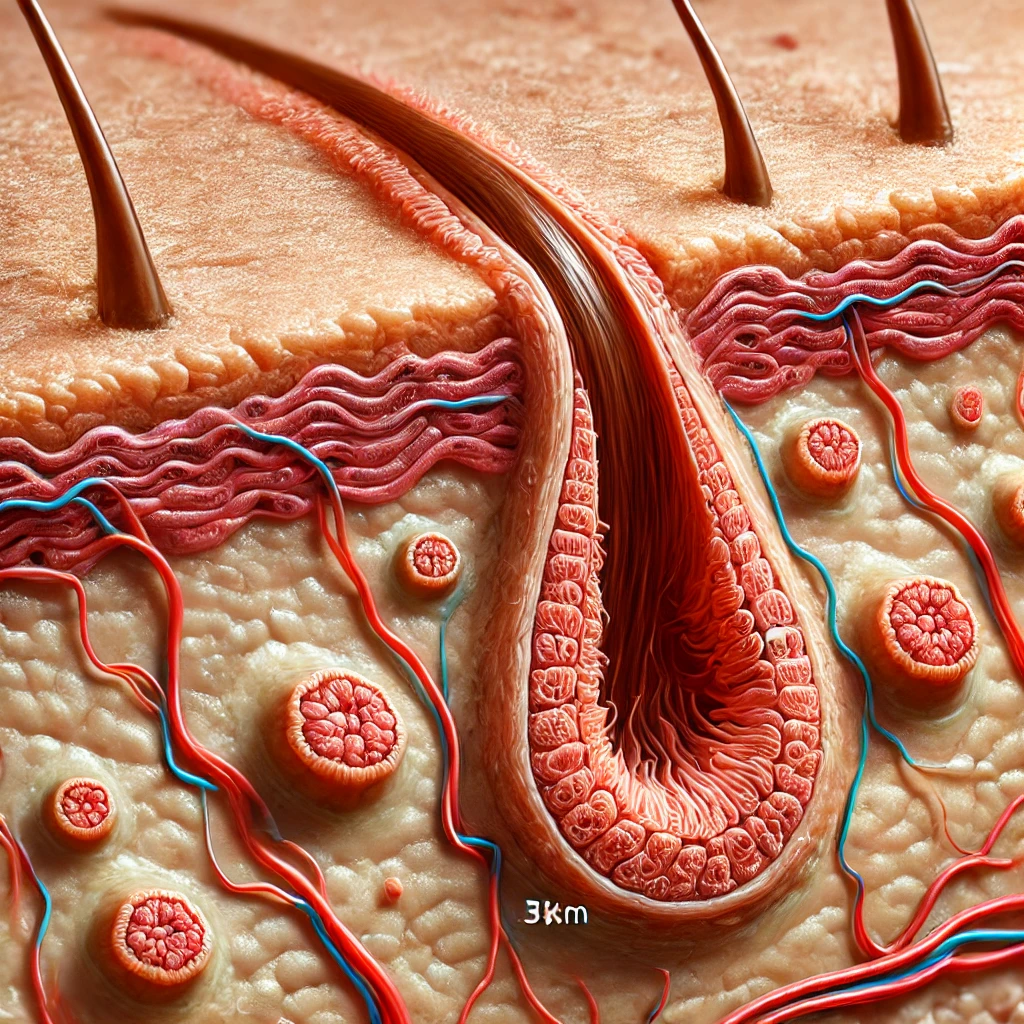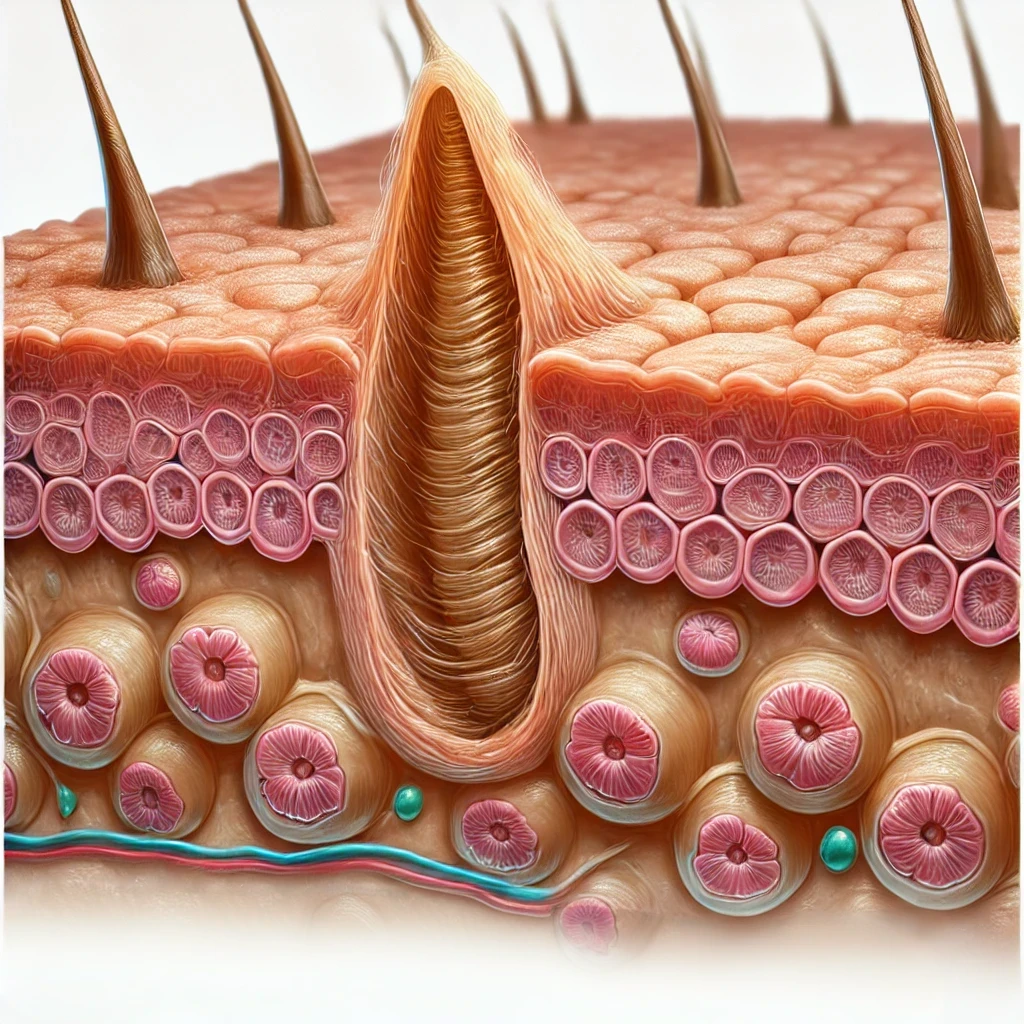Blogs
Understanding the Hair Growth Cycle:
The distinction between natural hair shedding and unusuala hair loss often lies in understanding the hair growth cycle. This cycle governs the growth, rest, and shedding of hair across our scalp and body. Let’s explore the phases of this cycle to gain better insight into your hair health.

The Hair Growth Cycle: 3 Phases
The hair growth cycle consists of three distinct stages: Anagen, Catagen, and Telogen. These phases repeat 25 to 30 times throughout our lives.

1. Anagen Phase: The Growth Phase
Duration: 3 to 6 years (the longest
phase).
What Happens: During this phase, hair
actively grows from the hair follicle located beneath the
scalp. The follicle produces keratinocytes—specialized
cells that form the hair shaft. These cells rapidly divide
and die, stacking up to create the visible strand of hair.
Most of your hair (approximately 85–90%) is in this phase
at any given time.

2. Catagen Phase: The Transition Phase
Duration: 2 to 3 weeks.
What Happens: Hair growth ceases as the
follicle shrinks. The hair detaches from the follicle’s
blood supply, moving closer to the skin’s surface. This
phase acts as a bridge between growth and rest, involving
around 1–2% of your hair.

3. Telogen Phase: The Resting Phase
Duration: 2 to 3 months.
What Happens: The hair follicle becomes
dormant, and the hair strand remains attached without
growing. Shedding occurs when the new strand, beginning
its anagen phase, pushes out the old hair. Around 10–15%
of your hair is in this phase at any time.
When to Seek Help?
If you experience sudden, excessive hair loss or thinning, consulting a dermatologist can help identify the cause. Treatments may include stimulating the anagen phase through therapies like PRP (Platelet-Rich Plasma), GFC (Growth Factor Concentrate), or tailored medical interventions.
By understanding your hair's growth cycle, you can identify changes and take proactive steps toward maintaining healthy hair. For expert guidance and treatment, consult the specialists at Derma 360 Clinic. Book your consultation today and let us support your journey to healthier, stronger hair!
Book Your Consultation